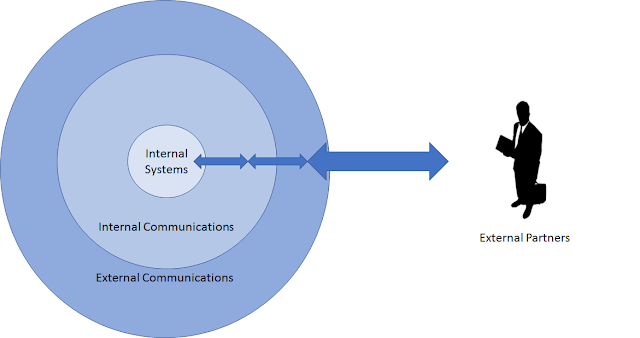IIB v11 - more than just a name change
 "App Connect" ring any bells at all?
"App Connect" ring any bells at all?
In case it doesn’t, App Connect is an product suite released a couple of years ago. Now, IBM has announced that IBM Integration Bus (IIB) V11.0 is
There's more to this than just a renaming of IIB—IBM has added in some IBM WebSphere Cast Iron capabilities and they've created a new GUI as well.
In this blog entry I’ll go through these changes and look at what it means in the long-term.
The IBM App Connect Suite
As App Connect is already an IBM product suite, let’s walk through what’s in it today and then we can see where the newly-named IIB fits in.
App Connect Professional
This product is actually Cast Iron in the cloud. IBM renamed it to App Connect Professional when they created the App Connect offering suite a few years ago.
App Connect (No "Professional")
App Connect (no "professional") is the most interesting part of this group. This solution is also a few years old now, but you would be forgiven for not knowing about it. It was a brand new runtime engine with a very simple GUI.
This product is designed for the "business integrator," as IBM would term them. This is the person who is not a “deep-down-and-dirty” integrator but rather, one who wants to integrate two apps quickly and easily without too much complexity involved. The apps in question were usually cloud based applications (e.g. connecting Salesforce to Google docs).
IBM created a lovely () GUI to front this new integration runtime. This offering was only hosted in the cloud and, although it took some time to get off the ground, is adding support for new adapters just about every other day at the moment.
I like to think of this integration runtime as “the next generation of integration experience.” It builds on all the lessons learned over the last 20 years around ESB toolkits and runtimes, and then simplifies them for the user who’s wiring them up or administering them.
Although this solution did have a brand-new runtime engine, it's the integration toolkit (or “modeller”) which really stands out (as we shall see in a minute). Indeed, this is beginning to be known as the “App Connect Modeller”.

App Connect Enterprise
This is the new addition to the suite, and is the renamed version V11.0 of IIB. It’s the successor for companies using previous version of IIB.
Along with V11.0 comes a license for a Hypervisor edition of Cast Iron. Alongside this also comes that lovely GUI integrator (aka App Connect; no “professional”).
That's quite a bundle— and, on the face of it, somewhat confusing. So, let's unravel it a bit.
IBM Message Broker Direction
App Connect Modeller
With App Connect Enterprise, IBM is enabling creation of integrations on the new App Connect modeller as well as the old IIB toolkit. The integrations that are created in the new modeller can be deployed to the tried-and-tested IIB V11.0 runtime unchanged.
By doing this IBM is gaining access to a whole new breed of integrators who don’t want to understand the complexities of deep-and-dirty integration, but they do need to get up and running quickly—far quicker than learning all the intricacies of the old IIB toolkit would allow them.
That’s not to say that the IIB toolkit is defunct. Far from it. It will still be around for many years to come; partly because it has a huge legacy following but mainly because the App Connect Modeller probably may not be able to achieve the deep integrations that the hardcore IIB coder can achieve today.
Cast Iron Direction
When IBM bought Cast Iron it was meant to be just what App Connect modeller is now: an easy to use, cloud-orientated, integration GUI. Clearly, they have now created a new king in that space— App Connect Modeller.
By adding Cast Iron into the new IIB 11.0 offering I would suggest that they are trying to entice the Cast Iron die-hards onto IIB using App Connect modeller as a way to get them going quickly. (NOTE: IBM have said no such thing – this is my interpretation.)

Summary
We can now see that, with , IBM are looking to create a new integration engine that joins the best of the old and new worlds. By combining the IIB V11.0 runtime with the App Connect Modeller they update the IIB toolkit while using the good old IIB runtime.
They don’t need to remove the old IIB toolkit and they keep it there for both backwards compatibility and for those deep integration problems that the new modeller can’t handle (and sometimes, shouldn’t handle). In addition, by throwing in Cast Iron Hypervisor they are giving cast-iron users a look at what could have if they switch across to the new modeller.


Comments
Post a Comment